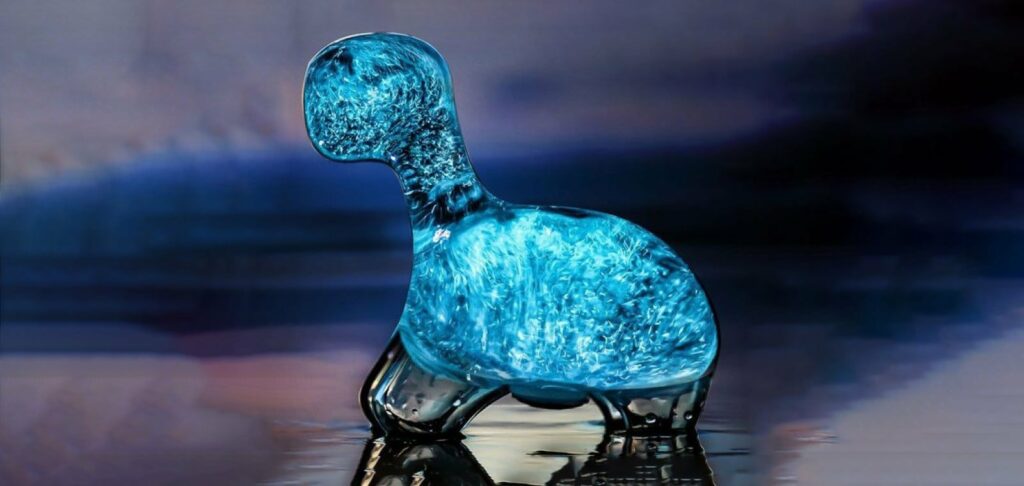
Benchmarking
Developing trade names for medicines is more complicated than for other categories of goods. First of all, manufacturers have to focus on whether a new drug will be prescription or over-the-counter. Doctors prefer trademarks created with a scientific approach, reflecting the international names of drugs and the scope of their use. “Names” for OTC medicines should be simpler if possible, so that they can be easily understood by the general consumer. The main attention here should be paid to the psychological aspect. The sound of the name itself, its memorability, and the associations it generates can sometimes be no less important than the pharmacological effect of the medicine.
The name of a new medicine should not cause confusion with the names of other medicines when printed, handwritten or spoken. Manufacturers should be aware of the high risks associated with the possibility of prescribing and administration errors due to name confusion.
The development of a drug name also carries economic risks, because it is the brand name that will be the key element of advertising, and therefore the main tool for promoting the drug. If the name is chosen unsuccessfully, the efforts of marketers will not bring the expected results. The manufacturer will either have to significantly increase the advertising budget or change the name and start the campaign all over again.
However, even if a manufacturer comes up with a trade name that perfectly meets all of the above conditions, it cannot be sure that this is the “name” under which the drug will appear on the market. There is still a serious examination to be carried out to establish whether the choice made complies with the strict legislative norms.
Since 1950, WHO has maintained a program on international nonproprietary names (INNs) of medicines to minimize the risk to the health and lives of patients. Each name is subject to an expert review by a WHO INN Board.
The letter of the law
Legislative requirements for the names of medicinal products are based on international recommendations developed by WHO, as well as on the requirements of national laws. Name verification is a mandatory element of the comprehensive expert examination of medicinal products. In addition to the “name” of the drug, regulatory authorities evaluate trademarks, names of pharmaceutical substances and excipients, packaging and appearance.
Despite certain differences in legislation and working methods, regulatory authorities in most developed countries are guided by the same principles. First of all, they make sure that the name of a new drug does not contain information that may mislead both specialists and ordinary consumers. “Name” of the drug should not contain unconfirmed or unsubstantiated information about its composition, therapeutic properties or scope of use. For example, the name “Flu Cure” would not be appropriate for a drug if it only eliminates symptoms and does not cure the disease itself, i.e. does not act on the flu virus. It is also inadmissible to use words such as “best”, “most”, etc. in the trade name.
To make sure that pharmacists do not confuse the name of a new medicine with the name of another medicine, some countries conduct special checks. For example, in the United States, employees of a special department of the Food and Drug Administration (FDA) talk to pharmacists on the phone, imitating different accents. In this way, they find out whether they correctly distinguish and write down the name of a drug. In many countries, the rule of “sameness” also applies to the trademark, packaging, and appearance of the drug itself (for example, the color, size, and shape of the pills).
Difficulties of translation
Despite such serious expertise, there are cases when the name of a drug has to be changed after it appears on the market. Sometimes this happens at the request of the manufacturer himself, who after unsuccessful attempts to “promote” the new drug comes to the conclusion that the name was chosen unsuccessfully. The reason for changing the name may also be the conclusions of pharmacological supervision bodies monitoring cases of risk to the health and life of patients associated with the possibility of errors in the choice of drugs. But most often manufacturers have to change the name of a drug when entering foreign markets. And here they may encounter unpleasant surprises. For example, a word that is perfectly suitable for the name of a drug in one language may have a completely unacceptable sound in another language or cause inappropriate associations.
Why bite a tadpole? Unfortunate translations or simply transpositions of trade names from one language to another can be found everywhere. Many of them are also on pharmacy shelves, but in order to be correct, we will not cite them in this article, limiting ourselves to an example that has entered the world classics of linguistic blunders. The well-known Coca-Cola, entering the Chinese market, faced an unexpected problem. The fact is that the name of the drink translated into the language of the Celestial Empire meant “bite the wax tadpole”. Not surprisingly, bottles with such contents sold poorly, because the puzzled Chinese for a long time could not understand what kind of tadpoles are used in the United States. Then the company had to choose another variant of writing for Asian customers – “koku kole”, or in translation into Chinese “happiness in the mouth”. Coca-Cola’s main competitor, Pepsi, found itself in a no less deplorable situation in this country. The company’s slogan “Come alive with the Pepsi generation” was translated by the Chinese as “Pepsi will make your ancestors rise from their graves”.
Pharmaceutical companies planning to sell their medicines abroad follow two ways when choosing their names. They either take into account the full translation and meaning of combinations of certain sounds and letters in foreign languages, i.e. conduct linguistic expertise, or simply radically change the name of the drug in a particular country, which is much easier, faster and cheaper. However, this creates problems with the use of the results of clinical trials: the documents show one name, but the drug itself is marketed under a different name.
The value of a name
No matter how well a brand name is chosen, without such properties as demand, efficacy and safety of the drug, its market success is simply impossible. All these qualities form the value of the product, which can be strengthened by creating a recognizable and popular brand. Of course, the trade name itself cannot be equaled in importance to the brand. The name is only the basis, which, in turn, must be supported by literally every element of the product promotion technology. However, without a solid foundation, all efforts aimed at creating a brand may be in vain.
Shutterstock/FOTODOM UKRAINE photos were used



